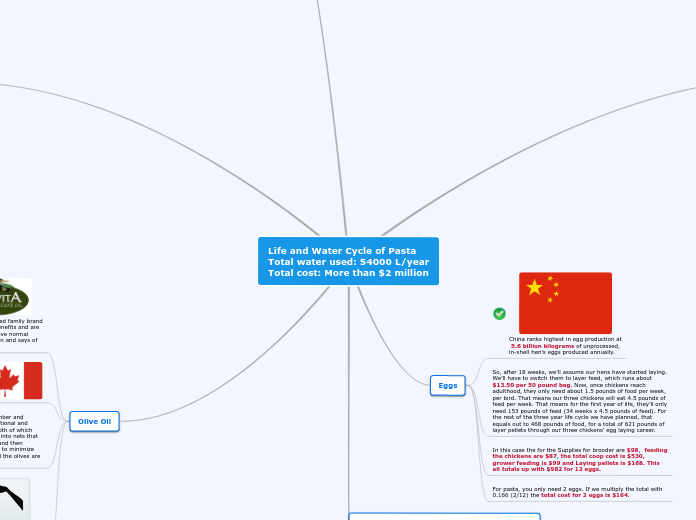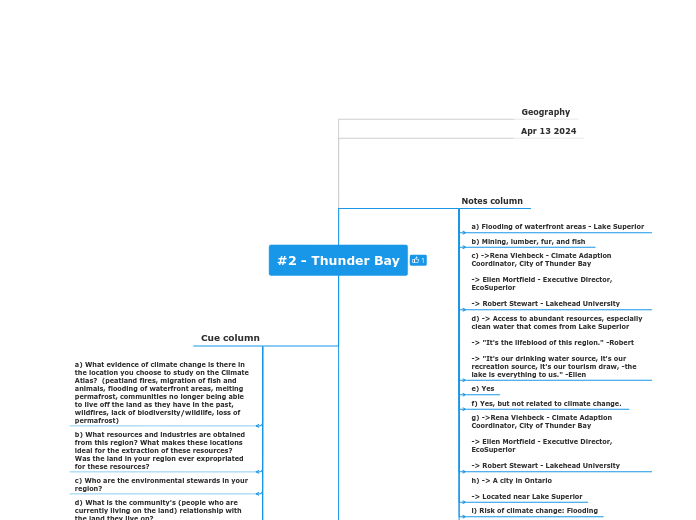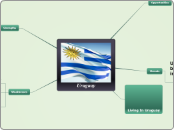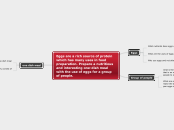によって Simran Mattu - Humberview SS (2472) 5年前.
403
Water Cycle of Pasta
The production and lifecycle of pasta ingredients involve significant water usage and expenses. Salt extraction uses water to create brine, which in turn dissolves the salt and forms caverns in salt beds.









